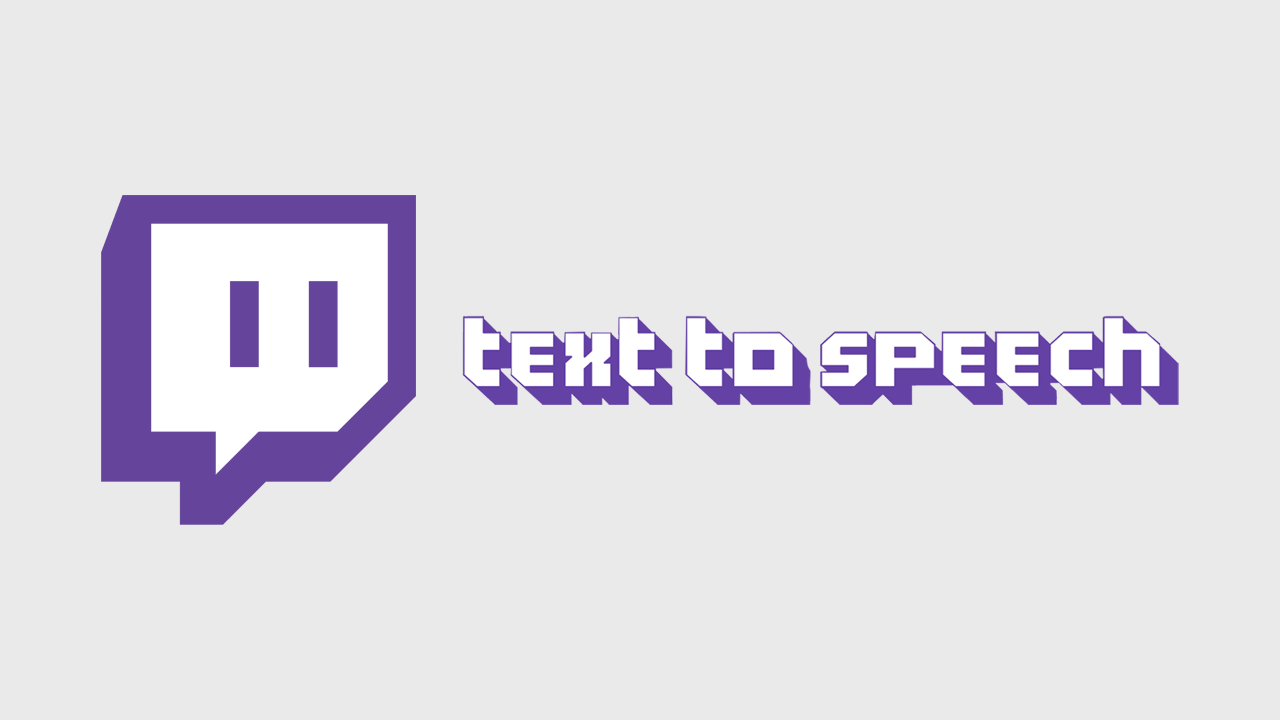

tts_to_file( text = "Hello world!", speaker = tts. tts( "This is a test! This is also a test!!", speaker = tts.


# Run TTS # ❗ Since this model is multi-speaker and multi-lingual, we must set the target speaker and the language # Text to speech with a numpy output wav = tts. api import TTS # Running a multi-speaker and multi-lingual model # List available 🐸TTS models and choose the first one model_name = TTS. If you are only interested in synthesizing speech with the released 🐸TTS models, installing from PyPI is the easiest option.įrom TTS. You can also help us implement more models. Modular (but not too much) code base enabling easy implementation of new ideas.Tools to curate Text2Speech datasets under dataset_analysis.Efficient, flexible, lightweight but feature complete Trainer API.Detailed training logs on the terminal and Tensorboard.Vocoder models (MelGAN, Multiband-MelGAN, GAN-TTS, ParallelWaveGAN, WaveGrad, WaveRNN).Speaker Encoder to compute speaker embeddings efficiently.Text2Spec models (Tacotron, Tacotron2, Glow-TTS, SpeedySpeech).High-performance Deep Learning models for Text2Speech tasks.Underlined "TTS*" and "Judy*" are internal 🐸TTS models that are not released open-source. Help is much more valuable if it's shared publicly so that more people can benefit from it. Please use our dedicated channels for questions and discussion. 📚 Utilities for dataset analysis and curation. 🛠️ Tools for training new models and fine-tuning existing models in any language. 🐸TTS is a library for advanced Text-to-Speech generation.


 0 kommentar(er)
0 kommentar(er)
